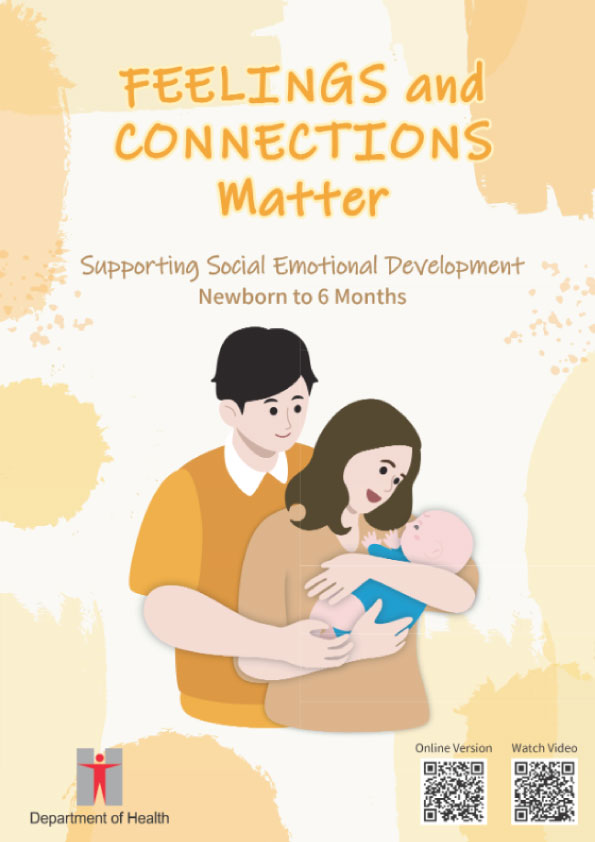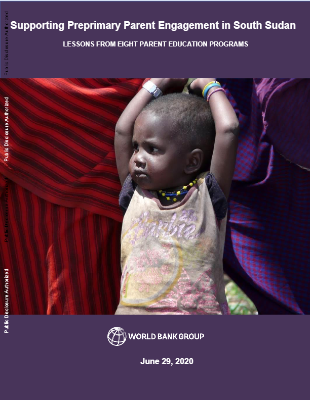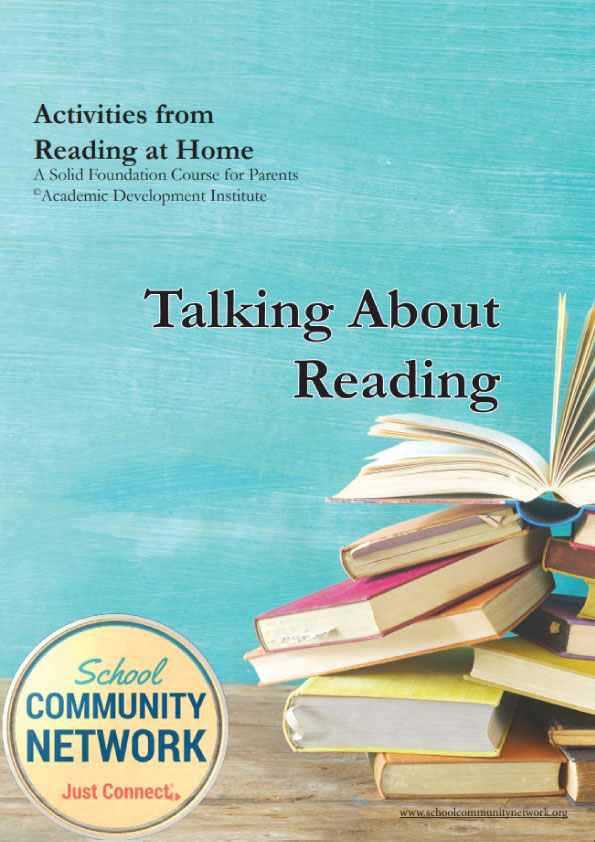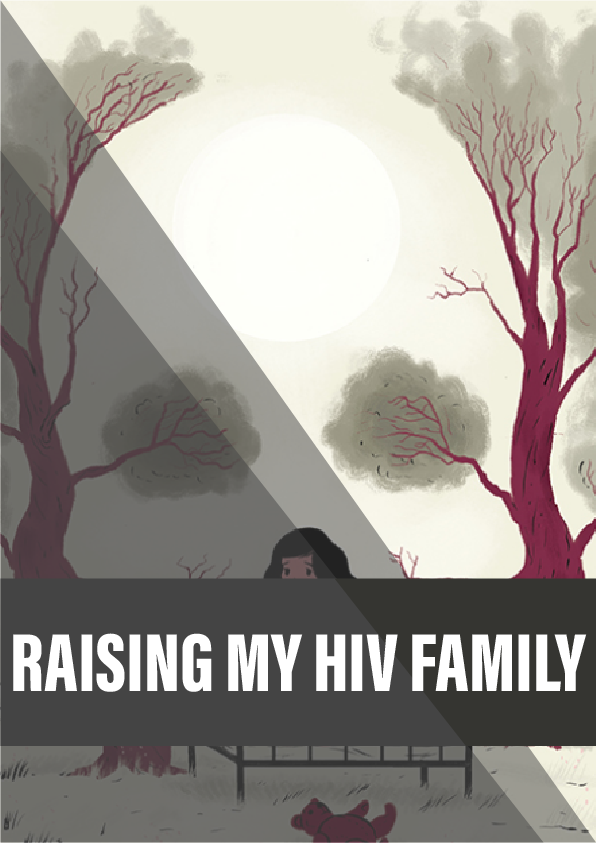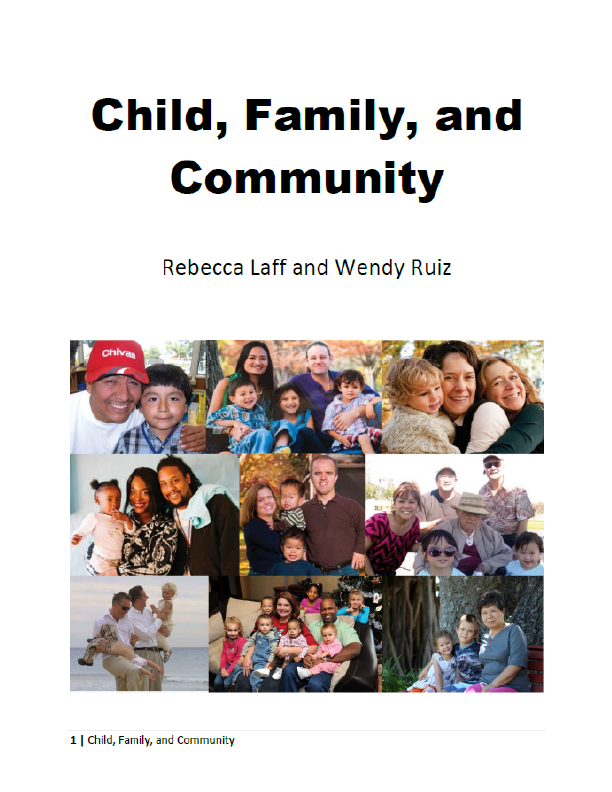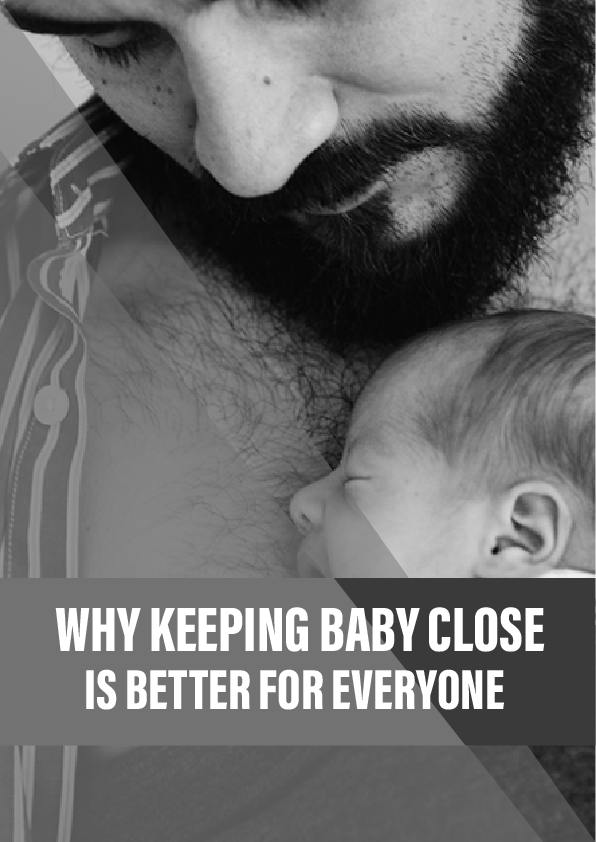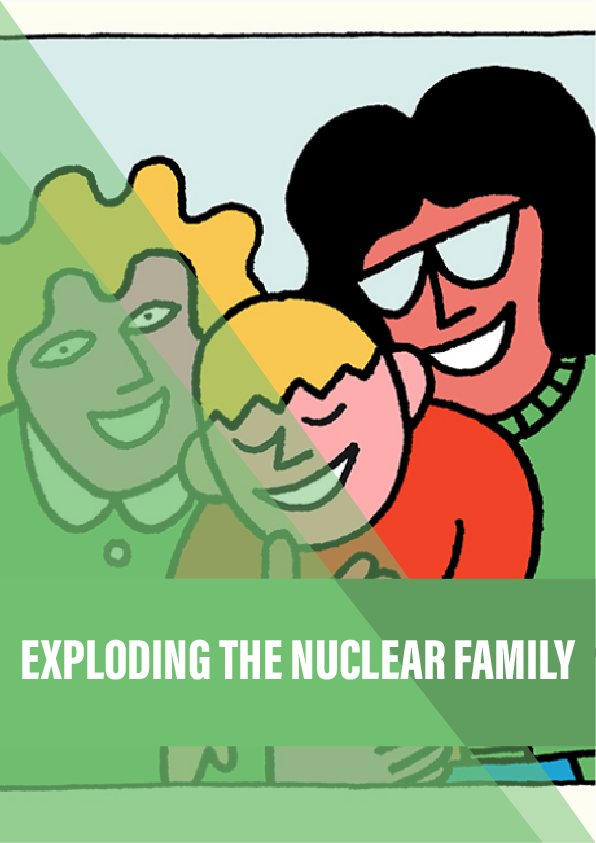As a parent, do you remember when did your baby start smiling at you, copying your expressions and moves, or showing you his preferences? Research suggests that these social and emotional skills develop from birth, and have lasting influence on children’s performance in the other aspects, such as learning and behaviour.
Social and emotional development has the following components, which are interrelated, inseparable, and develop sequentially in line with children’s overall cognitive development:
- Emotional awareness – involves recognising and understanding our own feelings and those of the others, as well as how the emotions and behaviours of ourselves and the other people affect each other
- Self-regulation – refers to the ability to express our feelings, needs and behaviours in appropriate ways
- Social interaction – includes getting along with the others, establishing and maintaining interpersonal relationships
A Closer Look at “Emotion”
We are all born with emotions, positive or negative, which are spontaneous responses that serve the functions of prompting us to take care of our needs, respond to our immediate situation, as well as communicate and connect with others. For instance, when a baby feels happy and smiles as he sees his caregiver, his caregiver will come close to him more readily; whereas, when the baby feels upset and cries since he is hungry or experiencing discomfort, it helps his caregiver to be aware of and respond to his needs in a timely manner.
Research suggests that negative emotions do not simply disappear through avoidance, denial or suppression, so learning to be aware, understand and embrace the emotions of ourselves and the others is important to our mental health. Starting from birth, caregivers can lay a solid foundation for a child’s social, emotional and overall development by accepting and supporting him through all emotional ups and downs, even before he could verbally express them.
Keys to Support Social Emotional Development
Your child’s sense of security is the foundation of healthy social and emotional development, which could be nurtured when you
- Provide a safe and loving environment where your child could explore and learn
- Encourage and help your child to recognise and regulate emotions
- Through play and everyday interactions, guide your child to develop social skills
Social and Emotional Milestones
Let’s take a look at your baby’s social and emotional abilities at different stages, so that you can respond more sensitively to his needs:
Newborn to 1 month old
| Babies can… | Parents may… |
|---|---|
| Your baby is adjusting to this world and spends most of his time sleeping. While he does not seem to show much emotional changes apart from crying, he could already recognise his mother’s voice, and enjoy skin-to-skin contact |
|
2 to 3 months old
| Babies can… | Parents may… |
|---|---|
| Shows a wider range of emotions more clearly; when feeling hungry, tired or unwell, he may communicate his feelings and needs through crying, cooing, facial expressions or movements | Pay attention to and differentiate your baby’s cues signalling different needs, for example, how his crying differs when he is hungry and in need of a diaper change |
| Your baby’s gaze will follow you around when you are nearby; he smiles when he hears your voice or looks at your face | Let him see you, make eye contact with and play with him more; chat and sing to him in a cheerful and relaxed tone often, and encourage him to interact with you by making different sounds |
| He may imitate your facial expressions | Try to engage him with a variety of facial expressions and see how he responds |
| Enjoys communicating and bonding with the others; he may stop crying when cuddled and delighted when played with | To show your love and soothe him, you may touch, cuddle and rock him gently often, and respond to him tenderly. Don’t rush to cheer him up when he is upset, accept his emotions and keep him company |
4 to 6 months old
| Babies can… | Parents may… |
|---|---|
| Notices when he hears his name or nickname | Gaze into his eyes and call his name, talk to him or repeat the sounds he makes to communicate with him |
| Recognises emotions in voices, e.g. he appears upset or scared when you talk angrily | Reflect on how you express emotions through your tone, facial expression and gestures; observe how he responds and how his responses trigger your emotion in return |
To conclude, you have to closely observe and respond sensitively to your baby’s needs, unique characteristics and temperament. Whether he is happy or sad, he needs you to be there for him without worrying that he will be spoilt. Through providing warm and nurturing care and having frequent interactions, you can help your baby develop a sense of security and a close parent-child relationship.
Your baby can already sense the emotions of the people around him, particularly those of his parents, which may also affect how he feels and behaves. Your emotional health will influence how your child cope with his emotions, as well as your capacity to love and take care of him as a parent.
Therefore, if you or your family members are emotionally distressed, you are encouraged to address the issue at an early stage. When necessary, seek help from the MCHC or other health professionals. To learn more about postnatal emotional wellbeing, please refer to the leaflet “How Postpartum Mothers Cope with Stress?”.
For more parenting tips, check out the leaflets “Responsive Care Bonding with Your Baby“, “Connecting with Your Baby – For Parents with Babies Under One“, and “Raising an Emotionally Intelligent Child from Birth“.
